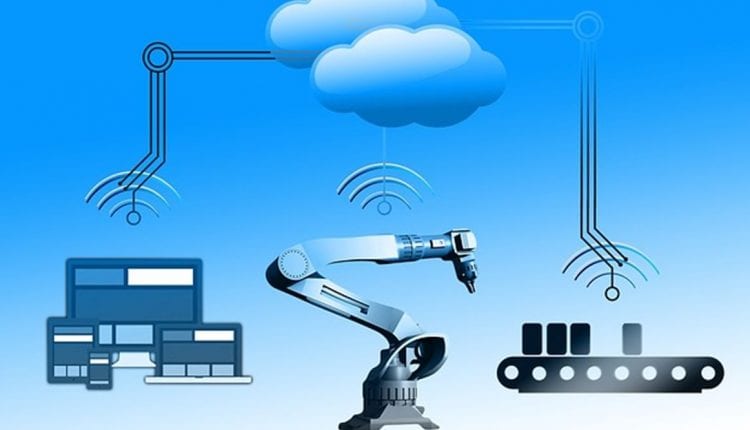
- Quality 4.0 integrates AI, IIoT, and advanced data management to address the dynamic challenges of modern manufacturing, surpassing traditional methodologies like DMAIC.
- Learning Quality Control (LQC) systems, using binary classification and continuous learning, enable real-time quality management and predictive defect detection, significantly improving manufacturing processes.
- A five-step problem-solving strategy—Identify, Observe, Data, Learn, and Redesign—guides the implementation of Quality 4.0 systems, fostering innovation and adaptability in complex manufacturing environments.
Quality 4.0 represents a paradigm shift in quality management, leveraging AI, the Industrial Internet of Things (IIoT), and big data to optimize manufacturing processes in the Fourth Industrial Revolution. Traditional frameworks like Six Sigma’s DMAIC are increasingly insufficient in addressing the complexities of modern manufacturing, which involve vast, unstructured data and dynamic, nonlinear processes. AI-powered Quality 4.0 systems overcome these limitations by enabling real-time data analysis, continuous learning, and adaptive process control.
Central to Quality 4.0 are Learning Quality Control (LQC) systems, which use Binary Classification of Quality (BCoQ) datasets to train machine learning models for defect prediction and detection. These systems enhance efficiency by identifying potential defects early, reducing waste, and maintaining high customer satisfaction. Unlike static methodologies, LQC systems adapt to new data patterns, ensuring sustained accuracy and responsiveness in fast-evolving manufacturing environments.
The proposed five-step problem-solving strategy—Identify, Observe, Data, Learn, and Redesign—offers a practical roadmap for implementing AI-driven quality systems. This approach emphasizes selecting relevant problems, generating high-quality data, continuously updating predictive models, and redesigning processes to eliminate defects. By integrating these advanced methodologies, manufacturers can achieve greater innovation, efficiency, and competitiveness, making the transition to Quality 4.0 essential for thriving in today’s industrial landscape.


Leave a Reply
You must be logged in to post a comment.